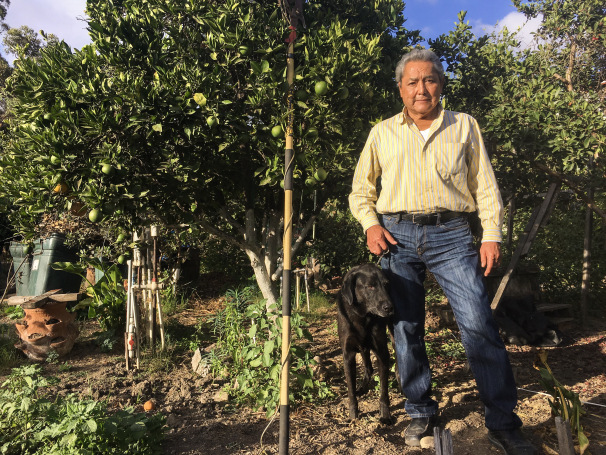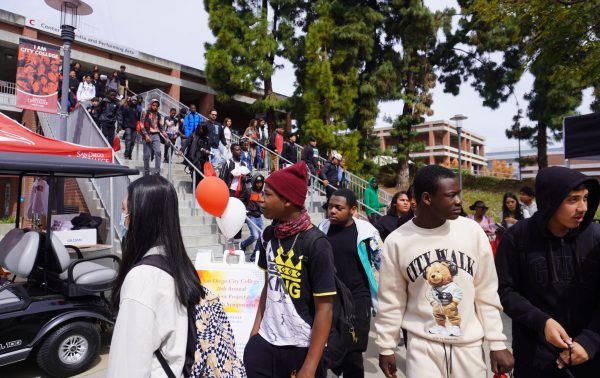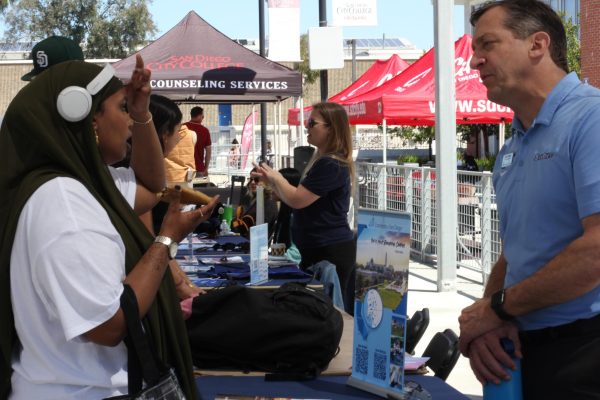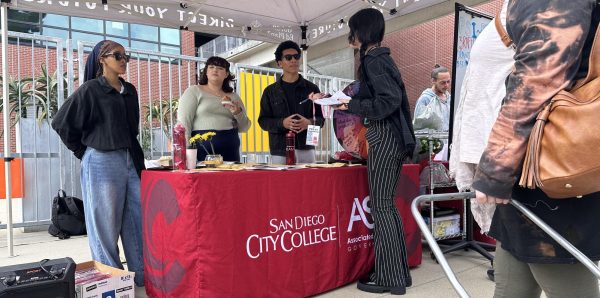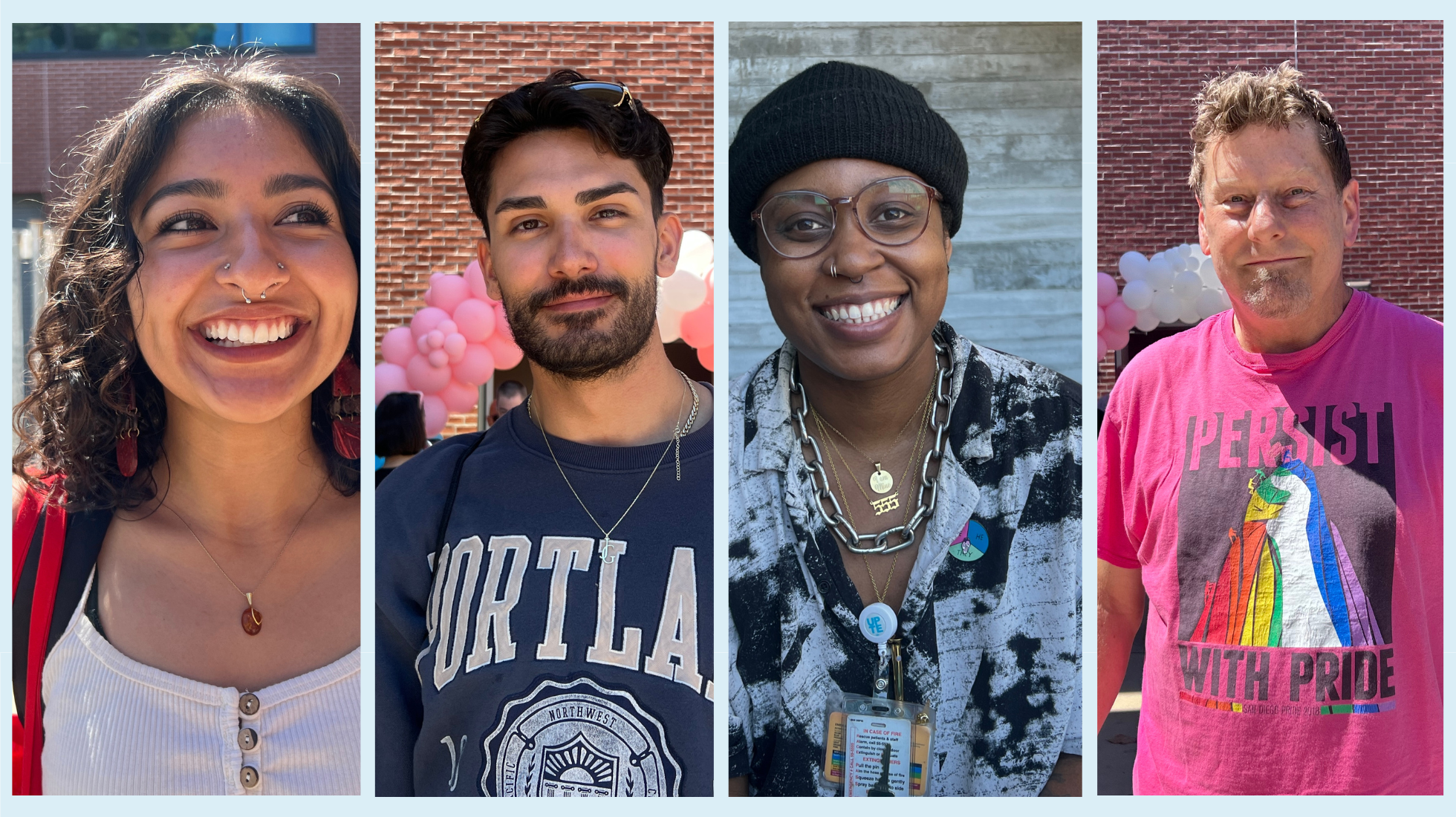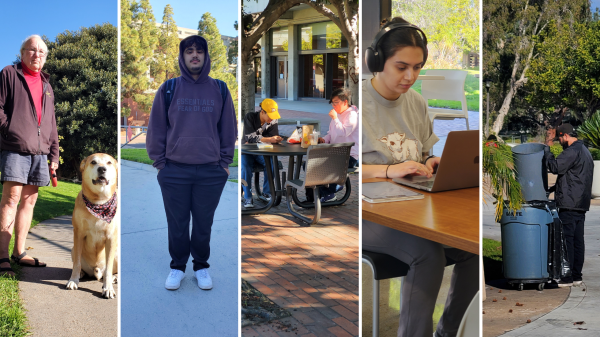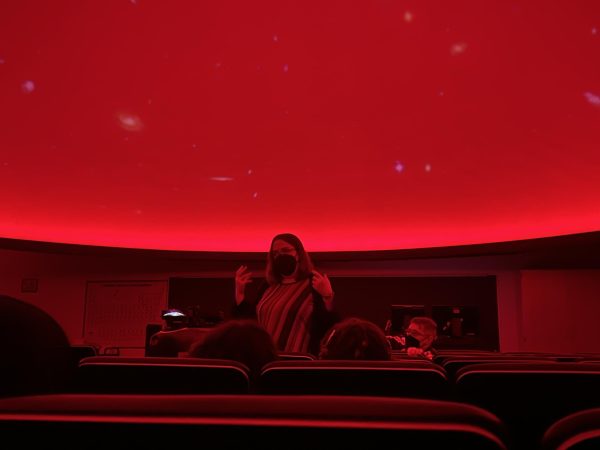Better not breathe too deeply
Miguel Cornejo says air contamination affects his garden, which he’s tended since the 1980’s, San Ysidro, Oct. 3, 2017
October 31, 2017
Miguel Cornejo, a Salvadoreño that arrived to San Ysidro in 1982, loves to garden. Cornejo planted citrus trees, not knowing that years later the fruit from his trees would transform into his very own air quality measurement.
Cornejo believes that the growth of the traffic flow from Tijuana to the United States started in the mid -90’s with the increase of “maquiladoras,” or factories, and tourism. This had a huge impact on the air quality in the South Bay and he noticed the effect on his garden.
The number of personal vehicles crossing at the San Ysidro port of entry peaked in 2004, with more 17.6 million cars entering that year. In 2016 more than 13.7 million personal vehicles crossed, according to the U.S. Bureau of Transportation.
Despite the decline, the South Bay had 17.8 percent higher rates for asthma and 21.1 percent for Chronic Obstructive Pulmonary Disease (COPD) than the San Diego region. Transportation-related air pollution is believed to be one of the potential causes, according to a 2010 report on Health Outcome Rates from the San Diego Association of Governments.
Although the air pollution has not affected the production of Cornejo’s trees or the quality of the fruit, he has noticed a light layer of soot atop his oranges and lemons.
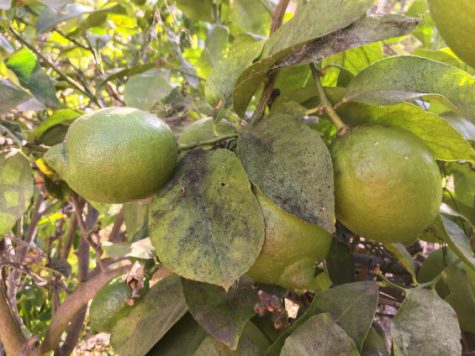
The fruit in Miguel Cornejo’s garden captures the soot that’s in the air, San Ysidro, Oct. 3, 2017.
“It is really noticeable on citrus fruit because they are the ones that have the most oil on their leaves and peel,” he said, pointing to a tree. “When pollution sweeps through here the oil catches the soot particles, which is visible all year long” Cornejo said.
UCSD student documentarian Anika Ullah is also concerned about it and highlighted the possible side effects on area residents in her film “Impacts of the Border: Air Quality and Health in San Ysidro.”
She started to look for people that had been affected by the air quality at the border and filmed their stories. She believes the first step to overcome the problem is by raising awareness.
“I think that is one of the most powerful things, when you see someone in the community starting to speak up. It becomes more visible and real,” Ullah added.
San Ysidro is part of the U.S., but the air that sweeps the area is also from Tijuana, meaning that air pollution in the region is a binational concern.
Visit our border blog: borderblogcom.wordpress.com for the complete version of this article.


